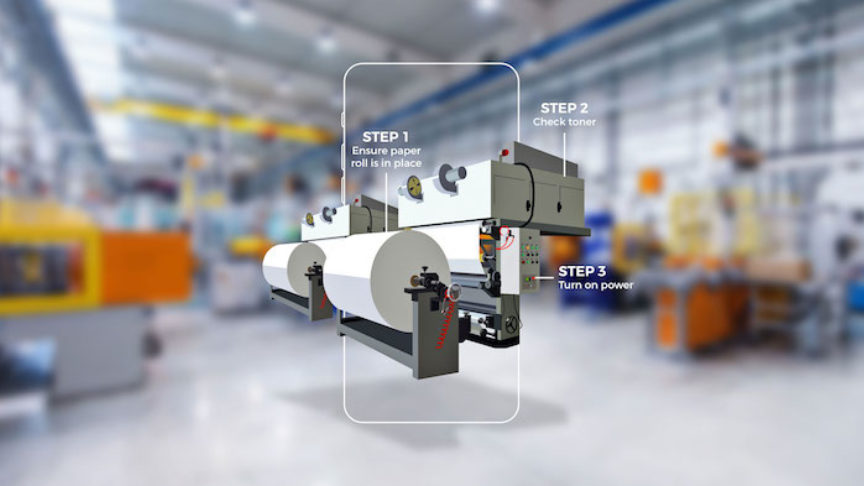What the Classroom Wants from Technology: Blippar Education’s Third White Paper
April 14, 2016
What the Classroom Wants from Technology: Blippar Education’s Third White Paper

Stephen O’Mahony is Blippar for Education’s Insights Manager. In this post he explains the education team’s recent initiative to understand more about the relationship between teachers and technology. For a preview of the our findings, read on. To read the published research paper in full, contact education@blippar.com and ask for your copy.
There are certain conventions taught across business disciplines the world over: know your customers, ensure that your product fits the needs of its intended market, listen to your users, etc.
Last year we wrote a piece in which we explained our approach to building products that educators really need. We described our development process, and how we keep the educator at the centre of it. It is incumbent on us to ensure that our efforts reflect the priorities of the classroom, and that we put the appropriate mechanisms in place to achieve this goal. Our aim is to capture the explicit thoughts of both the loud minority - those who are willing to give up their time to tell us how to improve - and the implicit feedback of the silent majority, who show us what we’re doing right and wrong through their actions (or, sometimes, inactions) on our platform. To that end, we treat our beliefs about educators as hypotheses, and then validate them.
At the beginning of the year, we focused our research efforts on certain specific areas where we want to improve our understanding. Principally, these areas pertain to educator perspectives on technology in general: common adoption processes, deployment of technology, criteria for the selection of digital tools, among others. Leveraging the relationships we’ve cultivated over the past year with our growing community of educators, we sought the answers to these questions through a series of thorough, formal interviews. We have already begun to feed what we learned into our product development efforts. But we wanted to do more.
The world of educational technology is still nascent, in many respects posing more questions than there are definite answers. Decades-old frameworks and processes, from pedagogy to procurement, are being redefined by the ubiquity of technology. Greater access to digital resources, an ostensibly positive trend, has created diverse challenges for stakeholders in education. Many issues lack definition. A recent study sponsored by the Bill & Melinda Gates Foundation calls for greater transparency among developers into feedback processes, so that the education community can collaboratively identify and resolve issues, and iterate on improvements.
In that spirit, we’re publishing the findings from our recent insights initiative in our third formal research paper. We invite education stakeholders of all kinds - teachers, administrators, students, parents, our fellow developers - to share in what we’ve learned and how we’ve analysed it, and to continue the conversation with us. Some key takeaways include:
• Peer networks play a crucial role in the lives of teachers, both in terms of informal peer training and the discovery of new applications.
• The provision of training and professional development opportunities are critical determinants of an educator’s adoption of technology platforms.
• Educators hold digital tools to a number of adoption criteria. These include cost, user-friendliness, and a combination of related factors referred to in the research as fit, purpose, and generalisability.
• Key motivating factors for the use of technology in the classroom include student engagement, digital literacy, and the continuation of the learning experience beyond classroom boundaries.
To read the paper in full, the third in our series of education white papers, just get in touch with us at education@blippar.com.


